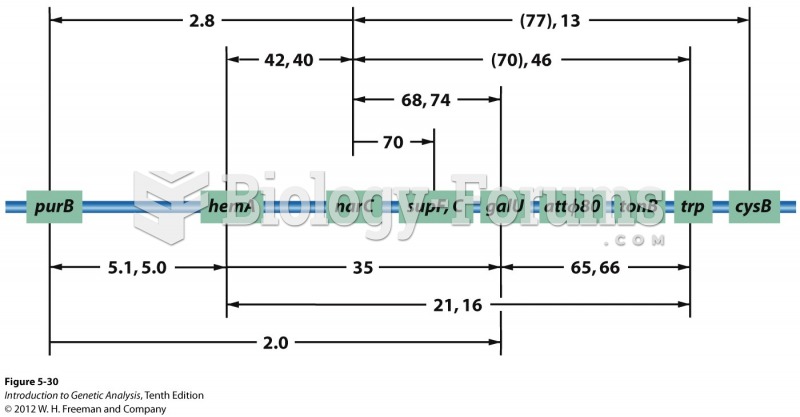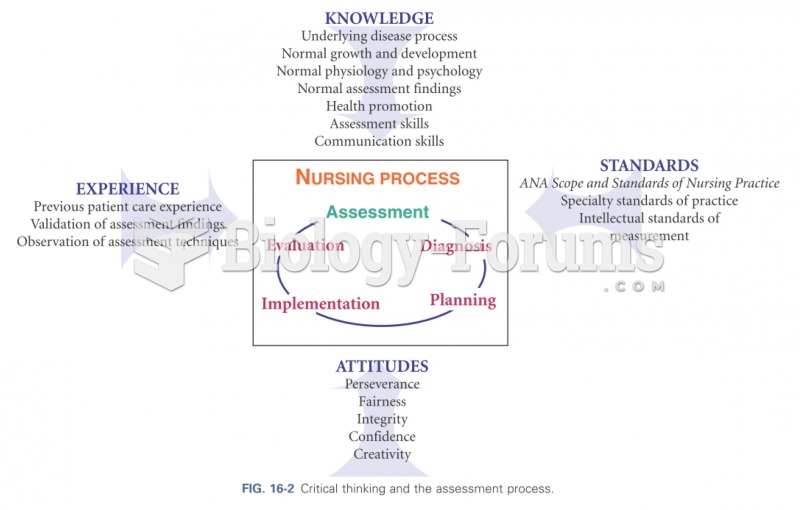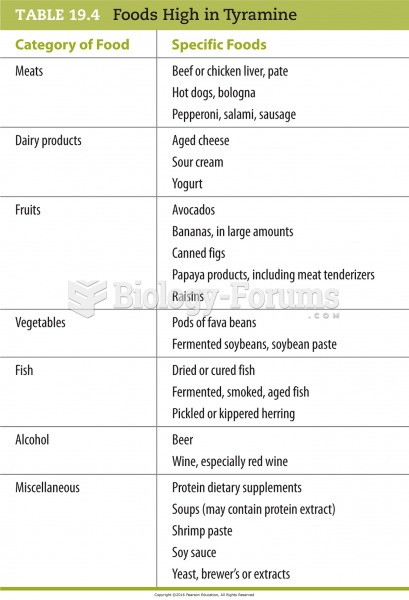Ms. Brewster, a junior high teacher, is emphasizing higher-order thinking in her physical science class. To see if her eighth graders were getting what they were supposed to be getting with respect to higher-order thinking in science, she examined a standardized test designed to measure higher-order thinking in science, compared its table of specifications to the content of her course, found the two to be consistent, and administered the test. She found, however, that while the test measured topics in physical science, most items didn't measure students' abilities to apply their understanding to unique problems. Which of the following is the most valid conclusion?
a. The test lacked content validity, since she attempted to teach higher-order thinking and higher-order thinking wasn't measured on the test.
b. The test lacked construct validity, since it didn't measure what it was designed to measure.
c. The test lacked reliability, since it didn't actually measure what Ms. Brewster was trying to measure.
d. Ms. Brewster's teaching lacked validity, since her students' only experience was with what she taught, and they were tested on different outcomes.
Question 2
Students finish a worksheet in Mrs. Wood's class while she is working with a reading group. When individuals are finished, they get up from their desks and deposit the worksheet in a folder at the front of the room. Mrs. Wood continues working with the reading group without saying anything to the students doing the worksheet. This process best illustrates which of the following?
a. A classroom procedure
b. A classroom rule
c. Assertive discipline
d. Teacher organization







